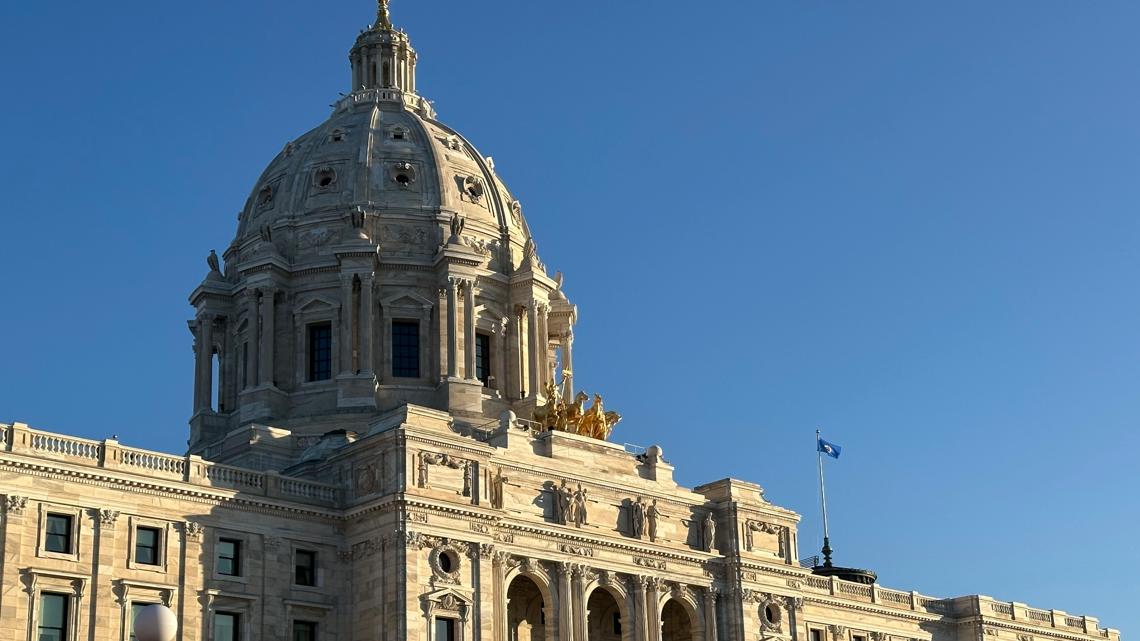CBS News
Republicans to vote on Senate leader Wednesday, GOP appears poised to retain House majority

Watch CBS News
Be the first to know
Get browser notifications for breaking news, live events, and exclusive reporting.
CBS News
What’s behind the intelligence leak on Israel’s strike plans in Iran

Watch CBS News
Be the first to know
Get browser notifications for breaking news, live events, and exclusive reporting.
CBS News
Examining Minneapolis’ police reform efforts more than 4 years after George Floyd’s murder

Watch CBS News
Be the first to know
Get browser notifications for breaking news, live events, and exclusive reporting.
CBS News
Minneapolis poured millions into police reform after George Floyd’s death. Where do things stand now?

Minneapolis — More than 1,200 people died in the U.S. during interactions with police last year — the deadliest in the last decade, according to Mapping Police Violence, a nonprofit that tracks data from law enforcement agencies nationwide.
And no civilian death put a city’s police department under more intense scrutiny in that time than the 2020 murder of George Floyd in Minneapolis. Since then, the Minneapolis Police Department has spent at least $2.5 million on training and recruitment, but some community members say that has not translated to trust.
“I don’t know that it’s going to get better, and I don’t really think that it will in my lifetime,” said Sayge Caroll. She runs a pottery workshop using funds that were shifted from the city’s police budget to expand artist-led community healing, among other services and programs.
Minneapolis Police Chief Brian O’Hara says repairing what’s been broken requires a paradigm shift.
“I naively thought that this was a place ready for change, and it just wasn’t,” O’Hara said. “…Slowly, we began to make changes incrementally to address, you know, kind of getting the culture of the agency in line with the values of the community.”
He’s made a point of hitting the streets himself, showing up on scene, going on ride-alongs and meeting community leaders where they are.
“There’s no way law enforcement can bring crime down and keep it down if we’re also not trying to build trust,” O’Hara said. “…That’s why the biggest thing for me is not to just change policy here. It’s to change what cops actually do on the street.”
Months after O’Hara took the job in 2022, Minneapolis police entered into an agreement with the Justice Department to address a pattern and practice of abuse. Prior to that, in June 2020, the city banned chokeholds and restraining techniques like the ones used on Floyd.
At a training facility, O’Hara literally changes out posters like one that shows an officer being held hostage.
When asked if such imagery reinforces fear, O’Hara said, “Certainly. Sort of that ‘us against them,’ that very, very militaristic approach to policing.”
Michelle Phelps, an author and sociology professor at the University of Minnesota, says Minneapolis represents “both the promise of liberal police reform, but also its persistent failures.” Still, she has also seen positive strides.
“There have been a number of innovations about, how do we think about reducing that contact between police and community members? And you’re seeing other kinds of responders that can come into those situations that aren’t armed with a gun and that aren’t trained in how to deploy violence,” Phelps said.
Muhammad Abdul-Ahad, executive director of Touch Outreach, is one of those responders.
“Our work is more preventative. [Police are] more responsive,” Abdul-Ahad said.
Six nights a week, Abdul-Ahad leads a team of volunteers de-escalating conflicts before police are even called. Trust between his organization and the police is “much better” since O’Hara became the chief, he said.
Four years after Floyd’s death, Caroll says, “We’re going to get through whether or not the systems start to work for us.”









